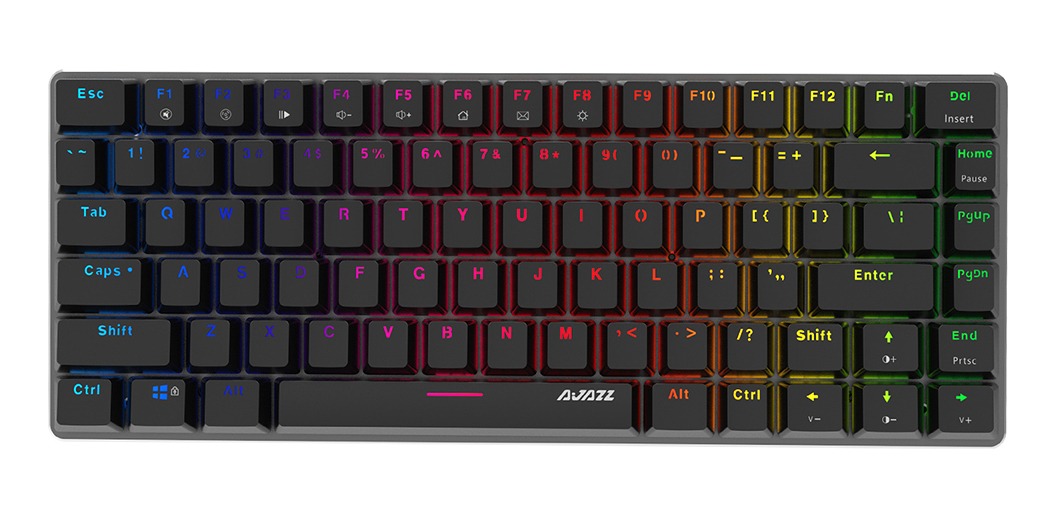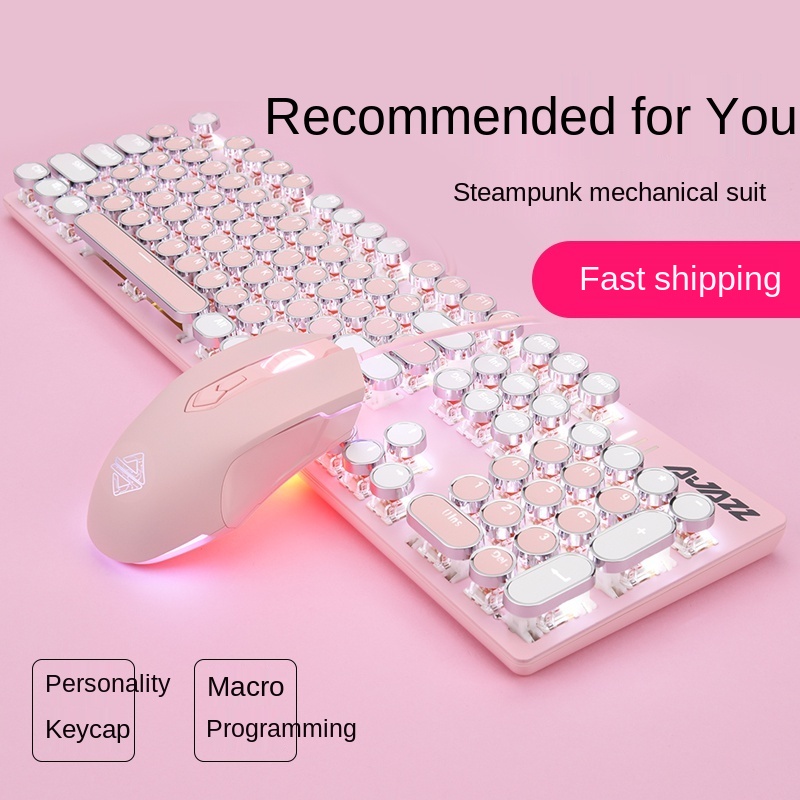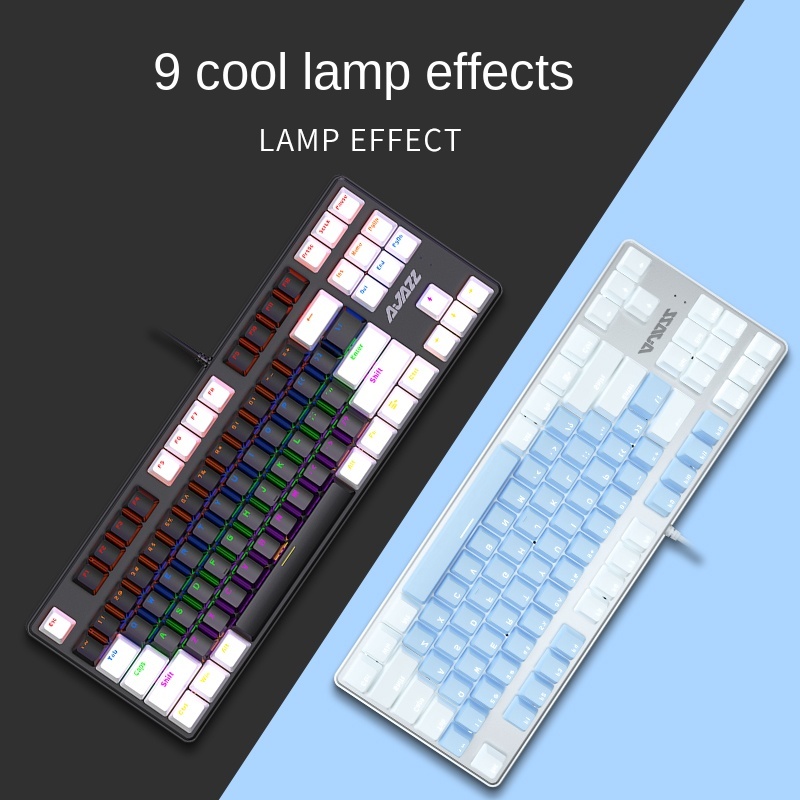
It also demonstrated the effectiveness of precise key click tactile feedback and the improved typing performance by conducting a user study with the developed prototype.

KEYCLICK LINEAR ACTION HOW TO
The study showed how to use and drive multiple piezoelectric actuators on a commercial tablet for the first time. The key pressing event was synchronized with four actuators attached under the touchscreen.
KEYCLICK LINEAR ACTION DRIVER
įor the work, a soft keyboard module was implemented under the Windows platform, and a haptic driver system that drives the four piezoelectric actuators at the same time was also developed as a portable prototype. To tackle the problem, Han and Kim developed the first prototype of the haptic soft keyboard for a tablet (Microsoft Surface Pro) with four piezoelectric actuators for high-definition key click effects. Besides, driving multiple piezoelectric actuators at the same time on the touchscreen of a tablet is a challenging issue.

Despite the strength of piezoelectric actuators, there is very little known about how to utilize them to key click tactile feedback on tablet-sized touchscreens because piezoelectric actuators in general require high voltage (e.g., 100 to 200 V pp for a single-layer ceramic bender) to be operated. It is learned that the piezoelectric actuator is prominent for implementing a virtual key click effect on touchscreens since its response is not only very fast, but also precisely controlled by applying input voltage. To provide real-like key click feedback, designing a new actuator that can mimic a real-like key click movement on a touchscreen is imperative. Therefore, there is the need of developing a high-definition (HD) tactile feedback technology of key click on the touchscreen of mobile devices including tablets that become popular these days. However, the vibration generated from a linear motor is far away from a real-like key click effect. To this end, a low-cost linear motor has been widely used for mobile phones to create synchronized vibrations when phone users type on the touchscreen. Nevertheless, most of the users are not satisfied even with a better-designed soft keyboard since lack of physical key pressing feedback is the most frustrating thing when typing on a touchscreen. One of the good examples is to analyze and optimize keystroke patterns on touchscreens in order to improve key typing productivity. For this reason, studies to design a better soft keyboard have been actively conducted for the past years. One of the most used functions is the soft keyboard input method which is very important for productive interaction on the touchscreen of a mobile device. With advancement in touchscreen technologies, users get used to various functions of mobile devices through touch interactions. The proposed system was developed on a commercial tablet (Mu Pad) that has dual platforms (Android and Windows). The evaluation results confirm platform independency, fast tactile key click feedback, and uniform tactile force distribution on touchscreen with using only two piezoelectric actuators.

The developed haptic soft keyboard can be easily integrated with existing tablets by putting the least amount of effort. In addition, a psychophysical experiment has been conducted to find an optimal strength of key click feedback on touchscreens, and the perception result was applied for making uniform tactile forces on touchscreens.
KEYCLICK LINEAR ACTION ANDROID
The platform-independent haptic soft keyboard was verified on both Android and Windows. To solve the problem, a platform-independent haptic soft keyboard suitable for tablet-sized touchscreens was proposed and developed.

However, many users are experiencing discomfort due to lack of physical feedback that causes slow typing speed and error-prone typing, as compared to the physical keyboard. Most mobile devices equipped with touchscreens provide on-screen soft keyboard as an input method.


 0 kommentar(er)
0 kommentar(er)
